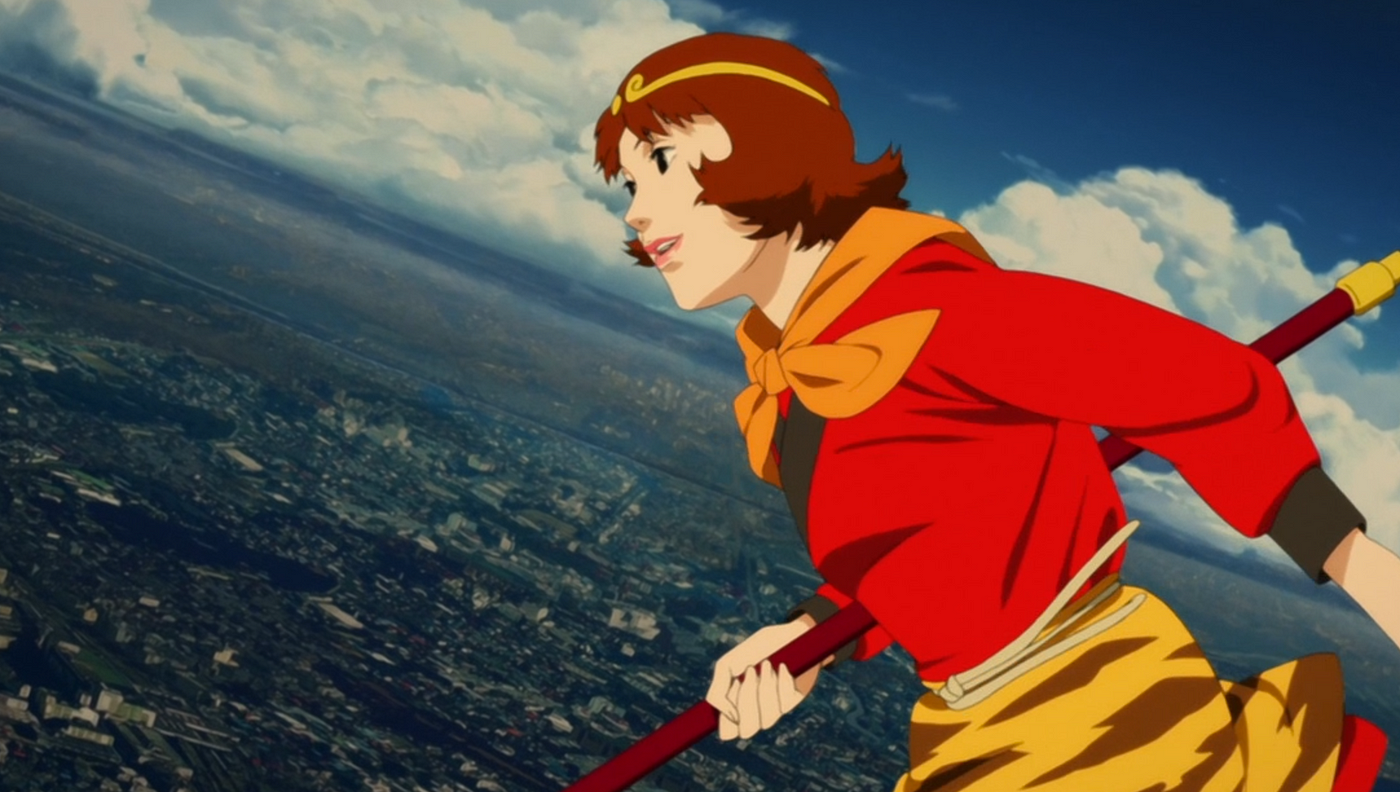dreamabodefinder.com – Few films have left as indelible a mark on the world of cinema as Star Wars. Since its debut on May 25, 1977, this space-fantasy epic, created by George Lucas, has grown into a cultural phenomenon that transcends generations. From its groundbreaking special effects to its rich storytelling, Star Wars reshaped the landscape of modern filmmaking and became a cornerstone of pop culture.
A Revolutionary Beginning
When Star Wars: Episode IV – A New Hope first hit theaters, it was unlike anything audiences had ever seen. The story, set “a long time ago in a galaxy far, far away,” followed the journey of Luke Skywalker, a young farm boy who becomes a hero in the battle against the tyrannical Galactic Empire. With its mix of high-octane action, compelling characters, and dazzling visual effects, the film redefined the possibilities of science fiction cinema.
George Lucas blended classic mythological storytelling with cutting-edge technology. Drawing inspiration from Akira Kurosawa’s samurai films, Westerns, and Joseph Campbell’s The Hero with a Thousand Faces, Lucas crafted a narrative that felt timeless yet fresh.
The film was a massive commercial and critical success, earning $775 million worldwide and launching a franchise that would expand far beyond the screen.
The Saga Expands
The original trilogy—A New Hope (1977), The Empire Strikes Back (1980), and Return of the Jedi (1983)—introduced audiences to unforgettable characters like Princess Leia, Han Solo, Darth Vader, and Yoda. It also explored themes of hope, redemption, and the eternal struggle between good and evil.
In 1999, Lucas introduced a new generation to the galaxy far, far away with the prequel trilogy. These films, beginning with The Phantom Menace, delved into the origins of Darth Vader and the rise of Emperor Palpatine. Despite divisive fan reactions, the prequels gained a devoted following over time and contributed significantly to the lore of the Star Wars universe.
In 2015, Disney revitalized the series with the sequel trilogy, beginning with The Force Awakens. Directed by J.J. Abrams, the new films combined nostalgia with modern storytelling, introducing characters like Rey, Kylo Ren, and Finn. The sequels sparked debate among fans but ensured that Star Wars remained at the forefront of cinematic discussion.
A Cinematic and Cultural Revolution
Beyond its compelling storytelling, Star Wars has been a technological and cultural trailblazer. The franchise revolutionized special effects through Industrial Light & Magic (ILM), George Lucas’s visual effects company. From pioneering the use of motion control cameras in the 1970s to spearheading CGI advancements in the 1990s, Star Wars pushed the boundaries of what movies could achieve.
The films also influenced merchandising, creating a billion-dollar industry of action figures, video games, books, and spin-offs. The franchise’s success paved the way for the modern blockbuster era, proving that a film could dominate both box offices and toy shelves.
The Legacy Lives On
Today, the Star Wars universe continues to grow through Disney’s stewardship. Projects like The Mandalorian, Andor, and Ahsoka have expanded the galaxy on Disney+, exploring new stories and characters while deepening the lore. Animated series like The Clone Wars and Rebels have brought younger audiences into the fold.
The enduring appeal of Star Wars lies in its ability to inspire wonder. Whether through the epic clash of lightsabers, the haunting sound of John Williams’s score, or the message that even the smallest individual can make a difference, Star Wars captures the imagination like no other.
As the galaxy far, far away continues to evolve, its legacy remains clear: Star Wars is not just a film series—it’s a cultural touchstone, a shared mythology, and a testament to the power of storytelling.
May the Force be with you. Always.





